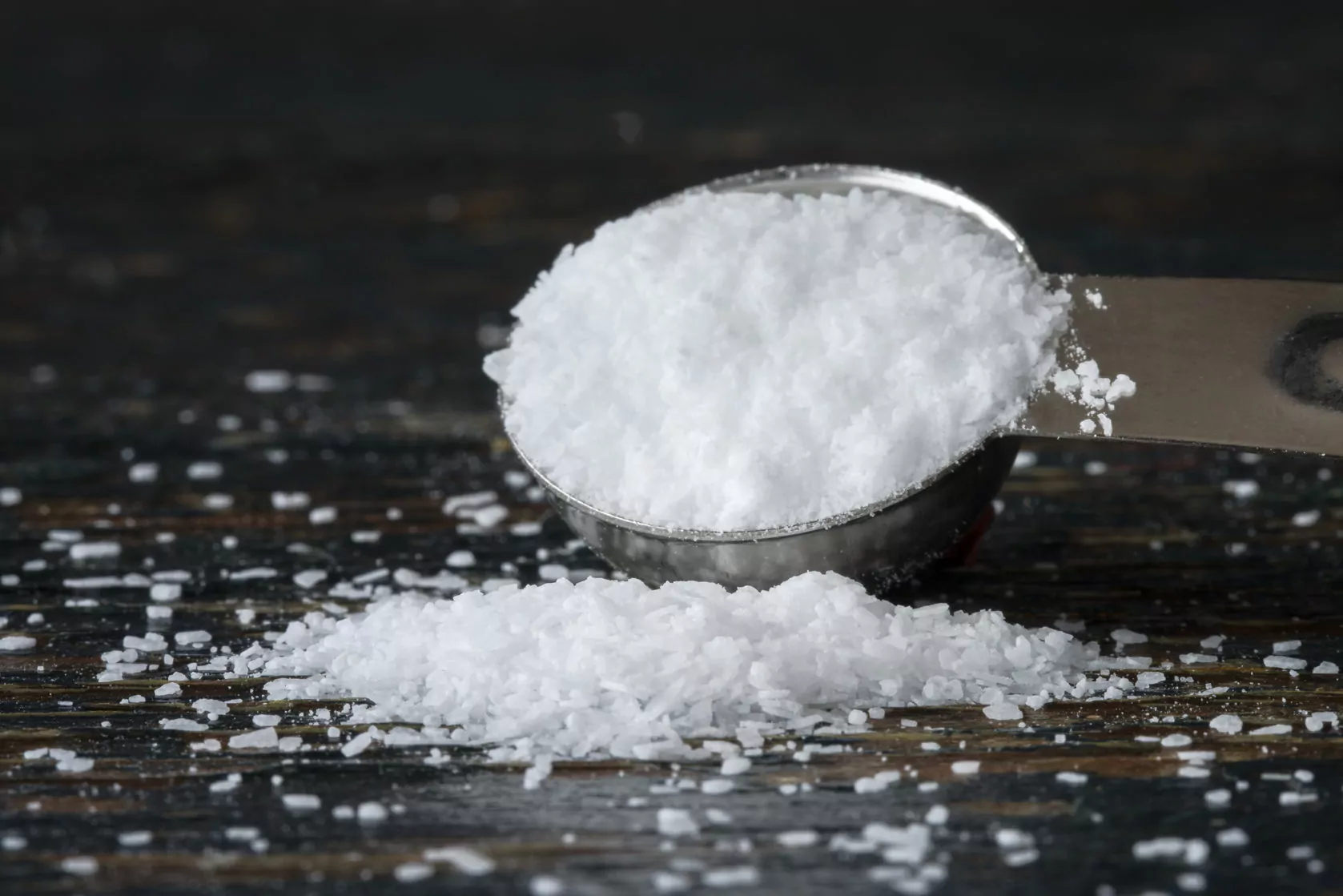
Many vestibular patients follow a low-salt diet. This article discusses the delicate balance between too much and too little salt and how that impacts our body’s electrolyte balance.
By Sandy Egge, MSACN
Did you know that over 4,000 years ago very early Chinese writings recorded more than 40 types of salt, as well as methods of extracting and processing salt, some of which are similar to methods we still use in today’s world? In earlier times, salt was reported to be so valuable that in some places it was traded ounce for ounce for gold, was sometimes used as currency to pay individuals, was used to preserve foods, gifted as a symbol of friendship, and often – as a valuable commodity – salt was at the center of conflict and war. Today, salt is inexpensive and abundant, and while older civilizations were worried about having enough salt, we now worry about having too much salt.
So, what’s salt got to do with vestibular health?
Salt is an essential mineral that has the power to affect health for humans, animals, and even plant-life. It is possible to get too much, and as well, it is possible to have too little, affecting the delicate electrolyte and fluid balance of the body, and action potential of muscles and nerves.
For those experiencing vestibular disorders, reduction of sodium (along with caffeine and alcohol) is one of the well-known dietary modifications that is recommended. Too much dietary sodium can upset the fluid balance of the body by causing the body to retain water. Changes in body fluid may alter the volume and composition of endolymph (fluid in the inner ear), which supports normal hearing, balance and movement. This is important information, because the fluctuation of inner ear fluid is thought to contribute to symptoms of vestibular disorders such as Ménière’s disease. So then the question becomes, how much sodium does one actually need to support appropriate cellular health and fluid balance?
According to the Federal Dietary Guidelines for Americans, a maximum of 2,300 milligrams of sodium is the recommended daily limit for ‘healthy persons.’ To visually gage 2,300 milligrams of sodium, this is the amount found in one measuring teaspoon. However, the American Heart Association recommends an even lower limit at 1,500 milligrams daily, and the National Heart, Lung and Blood Association reports that a safe minimum intake of 500 milligrams daily is enough to maintain appropriate body functions that require sodium – just a little over one quarter of a teaspoon! Visualize that!
It is reported that the average American consumes more than 3,400 milligrams of sodium daily. You might wonder, “where does it all come from?” Specifically, pre-processed foods and restaurant foods are the main culprits contributing to the salt imbalance in your diet – foods such as processed lunch meats, breads, chips, cheeses, pizza, burgers, sauces, canned soups and vegetables, poultry (often injected with sodium solution), meats that have been cured or brined, and less we forget, sodas.
Here’s where I would like to say, “Just eat real food.” But, seriously, let’s look at some options to reducing salt intake – it will require work on your part.
- Choose fresh fruits and vegetables and proteins that are not soaked in brines or salt solutions.
- If you are preparing your own foods, measure out 1/4 teaspoon salt in the morning and make that your limit for the entire day.
- Look for ‘Low Sodium’ or ‘No Sodium’ options if purchasing pre-prepared foods.
- Exchange salt for herbs, spices, peppers.
- Salt your food at the end of cooking rather than at the beginning. Just a ‘pinch.’
- Know other salt forms: MSG (monosodium glutamate), baking soda, baking powder, disodium phosphate – or any ingredient that has the word ‘sodium’ in it.
- Swap sodas for unsweetened flavored seltzer water, or infuse your own water with fresh berries.
Whatever you do, be consistent. Consistency is the key to ‘salt balance.’ If you are an athlete and experience a lot of sweating, consult with your healthcare professional to establish an appropriate amount of sodium and electrolyte replacement for your individual needs.
